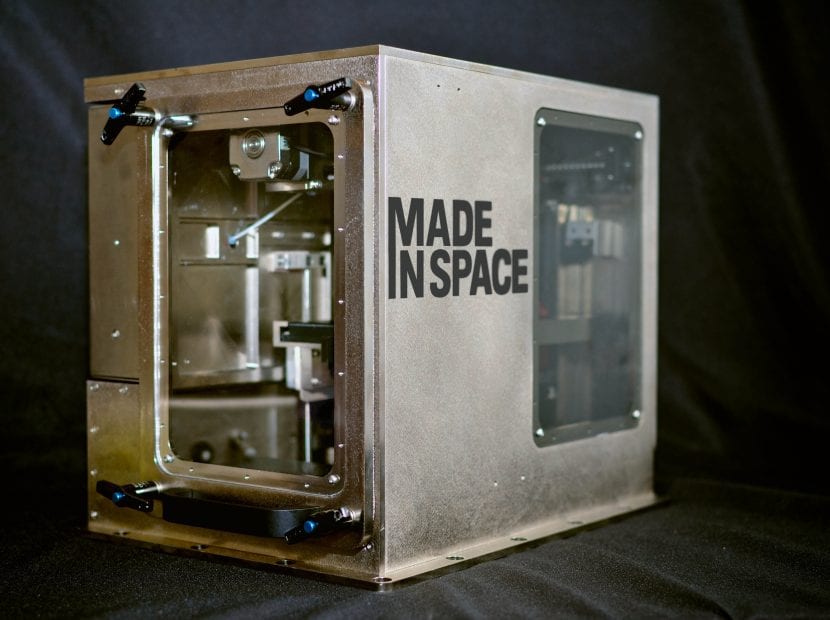
In the organization it seems that they are very clear that it is much more expensive to send an object from the earth to the ISS than to print it directly in space. For this reason, they have been conducting tests, studies and experiments on their roadmap for some time.
Recientemente they have presented a new material made with sugar cane which they have called "I'm Green plastic" and with which they hope enable astronauts to 3D print spare parts in space.
This new material, designed and developed by Braskem, is specially formulated to facilitate zero gravity printing. Barskem has previously collaborated in the manufacture of the “Made in the Space” printer. Equipment that NASA sent to the ISS for the first 3D printing tests in zero gravity.
The cost of sending material into space
Although the initial costs of developing zero-gravity printing technology may be high, in the long run the savings will be enormous. Recently a space station engineer confirmed that it costs between $ 500 and $ 1500 billion to launch a space shuttle to the ISS and $ 25.000 to $ 45.000 for every half pound of cargo.
While it is difficult to calculate the exact amount of money that Braskem's technology could save, it is easy to imagine that it will come out much cheaper to ship spools of lightweight filament than to ship a variety of pieces and accessories that are not safe to use. They could potentially potentially save billions of dollars.
NASA objectives in relation to 3D printing
NASA considers on-demand manufacturing in space as one of the essential advances for a future mission to Mars and human exploration of deep space. The new 3D printing system enables astronauts to receive the digital designs and produce the objects on the ISS.
On a flight into space, cargo storage space is crucial, since it limits the amount of materials or products that can be sent and delivered to the ISS. So in addition to being more profitable it is more efficient to create spare parts or necessary products in space as they are needed, to ensure that the storage and cargo of space shuttles is not wasted. Braskem's 3D printing filament allows astronauts to print 3D objects in zero gravity.
El collaboration agreement between both companies marks a historic event by uniting a leading company in thermoplastics such as Braskem with NASA, the most important company in the aerospace industry.